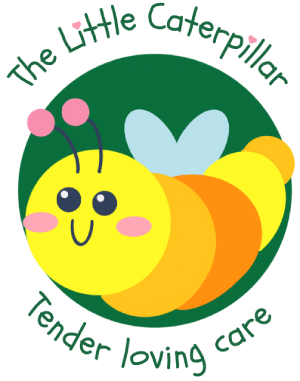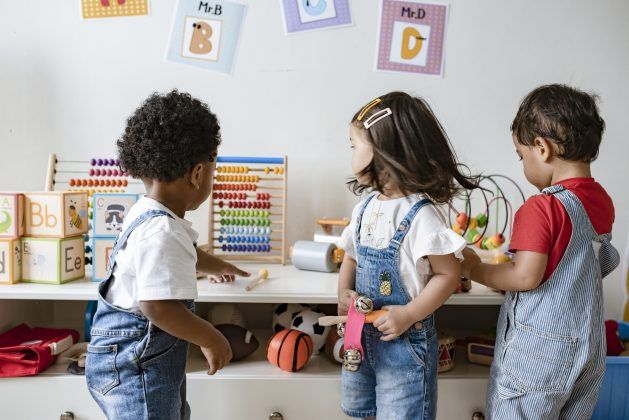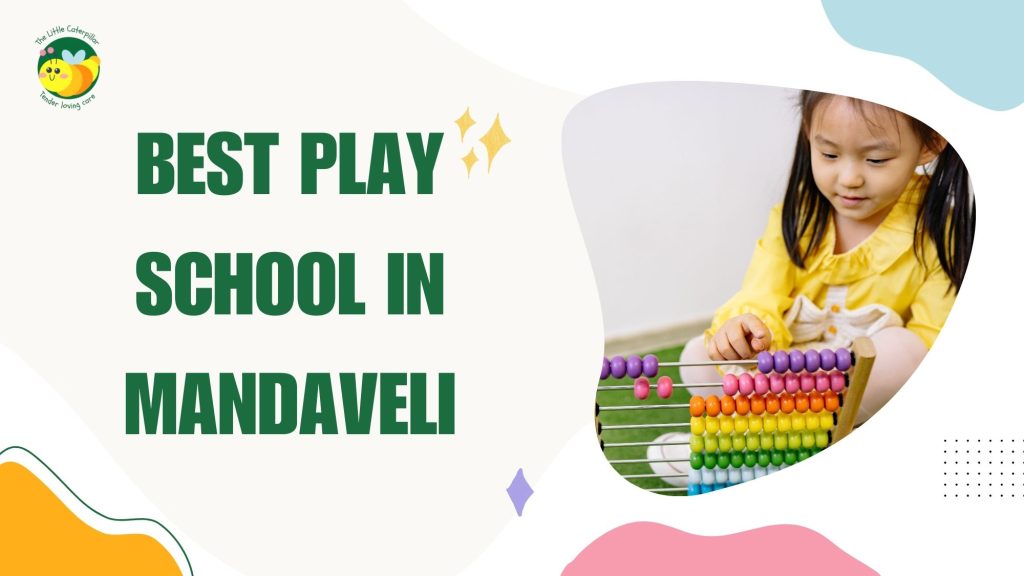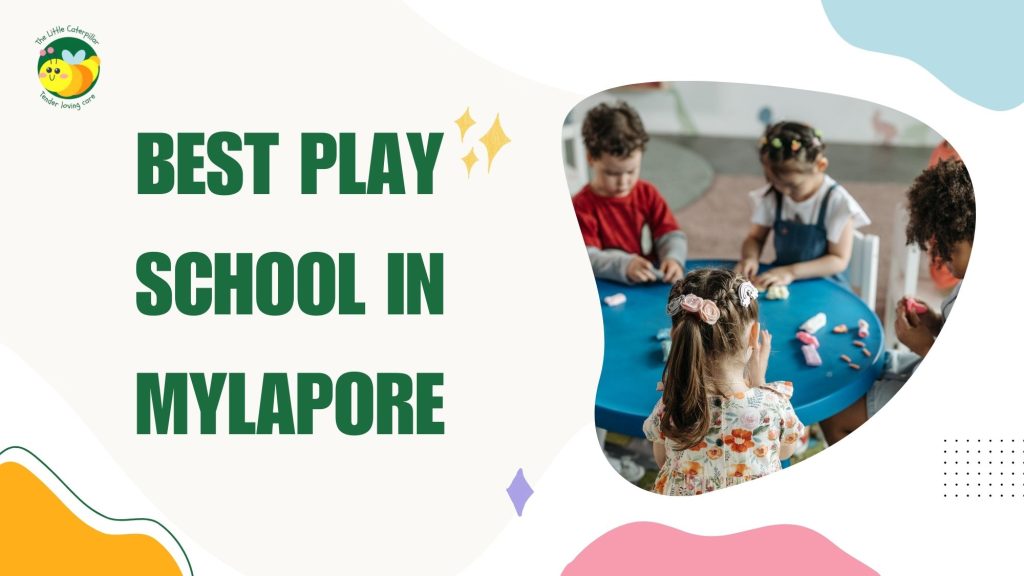Table of Contents
Finding the Right Age for Your Child to Start Playschool
Choosing when to enroll a child in playschool is a major milestone for parents. Playschool, also known as preschool or nursery school, offers early education opportunities that can shape a child’s growth and future learning experiences. The decision requires careful thought about the child’s developmental readiness and emotional maturity. A wonderful example of a nurturing playschool is The Little Caterpillar Playschool in Chennai, founded by artist Nikita Viswanath. Known for its creative approach and supportive atmosphere, this institution highlights the benefits of early childhood education. This article explores the ideal age for starting playschool, looks at what makes The Little Caterpillar Playschool stand out, and discusses the many advantages of early learning environments.
Determining the Best Age for Playschool
Developmental Readiness
Most children start playschool between the ages of 2 and 3, a period often considered ideal because it aligns with key developmental milestones. Here’s how these milestones support readiness for playschool:
- Social Skills: Around two years of age, children begin exploring their social world. They become more interested in playing with peers, learning to share, and engaging in group activities. Playschool provides a perfect platform for them to strengthen these emerging skills through structured play and collaborative tasks.
- Language Development: Language abilities grow rapidly during this phase. Children are eager to express themselves and understand what others say. Playschools foster language skills by encouraging interaction through storytelling, singing, and conversation.
- Motor Skills: Both fine and gross motor skills are essential for participating in typical playschool activities. By this age, children can grasp crayons, navigate playgrounds, and manage simple tasks like stacking blocks or feeding themselves, making them physically prepared for the playschool environment.
- Cognitive Development: Playschool activities are often designed to boost memory, problem-solving, and understanding of basic concepts like colors, shapes, and numbers. This structured learning aligns with the natural cognitive growth children experience around this age.
Considering Individual Readiness
While age provides a general guideline, not all children are ready for playschool at the same time. It’s crucial to assess a child’s individual development and personality traits. Signs of readiness include:
- Interest in Social Interaction: If your child enjoys playing with others and seems curious about group activities, they may be ready to thrive in a playschool setting. Observing your child’s willingness to engage with peers is a helpful indicator.
- Independence: Playschool introduces children to a more structured environment where they will need to perform basic self-care tasks like using the toilet, eating snacks, or putting toys away. A child showing progress in these areas might find playschool easier to adjust to.
- Emotional Maturity: For some children, being away from their parents for the first time can be challenging. A child who can separate without excessive tears or anxiety and shows signs of resilience in new situations may be more prepared for the transition to playschool.
Why Choosing the Right Playschool Matters
Finding the right playschool for your child is just as important as determining the right age. The environment, teaching philosophy, and activities offered can significantly influence how well a child adjusts and thrives.
The Little Caterpillar Playschool in Chennai
Founding and Philosophy
The Little Caterpillar Playschool was founded by artist Nikita Viswanath in Chennai. The playschool’s philosophy emphasizes creativity, exploration, and holistic development. Nikita Viswanath, known for her artistic background, integrates artistic expression into the playschool’s curriculum, fostering a love for creativity and imagination among the children.
Curriculum and Activities
The curriculum at The Little Caterpillar Playschool is designed to cater to the diverse developmental needs of young children. It includes a blend of structured and unstructured activities that promote cognitive, social, emotional, and physical development. Key components of the curriculum include:
- Art and Creativity: Reflecting the founder’s background, the playschool places a strong emphasis on art and creative activities. Children engage in painting, drawing, sculpting, and other forms of artistic expression, which helps develop fine motor skills and creative thinking.
- Play-Based Learning: The playschool employs a play-based learning approach, recognizing that play is a natural and effective way for children to learn. Through play, children develop social skills, problem-solving abilities, and a love for learning.
- Holistic Development: The curriculum is designed to support the overall development of the child, including emotional and social growth. Activities such as storytelling, music, dance, and group games are integral parts of the daily routine.
- Exploration and Discovery: The playschool encourages children to explore their environment and discover new things. Outdoor activities, nature walks, and hands-on experiments are common practices that stimulate curiosity and cognitive development.
Facilities and Environment
The Little Caterpillar Playschool provides a safe, nurturing, and stimulating environment for children. Key features of the facilities include:
- Child-Friendly Infrastructure: The playschool is designed with young children in mind, featuring safe and accessible play areas, classrooms, and restrooms.
- Creative Spaces: Dedicated art rooms, music corners, and reading nooks provide spaces where children can explore their interests and talents.
- Outdoor Play Areas: The playschool boasts well-maintained outdoor play areas that offer opportunities for physical activity and nature exploration.
Educators and Staff
The educators and staff at The Little Caterpillar Playschool are trained in early childhood education and are passionate about fostering a love for learning in young children. They employ a child-centered approach, focusing on the individual needs and interests of each child. Continuous professional development ensures that the staff remains updated on the latest educational practices and techniques.
Benefits of Early Childhood Education
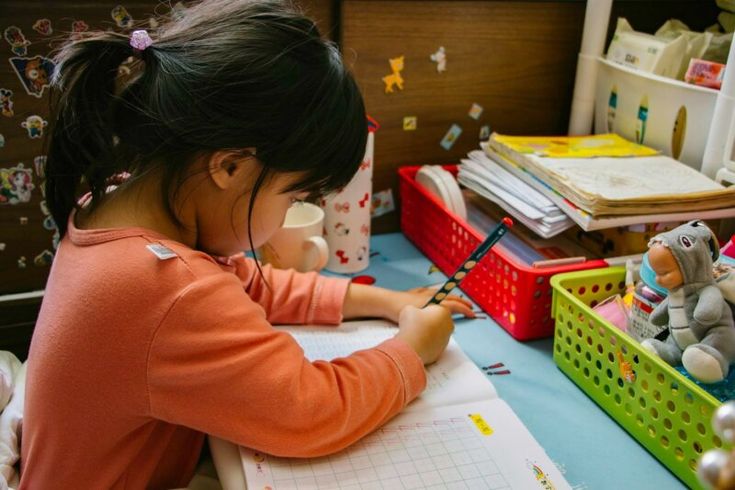
Cognitive Development
Early childhood education, such as that provided by The Little Caterpillar Playschool, plays a critical role in cognitive development. Engaging activities and structured learning experiences enhance cognitive skills, including memory, attention, and problem-solving. Research indicates that children who attend high-quality playschools tend to perform better academically in later years.
Social and Emotional Development
Playschool provides a unique environment for social and emotional growth. Interaction with peers and educators helps children develop essential social skills, such as communication, cooperation, and empathy. Additionally, the supportive and nurturing environment of a good playschool fosters emotional resilience and confidence.
Physical Development
The activities and play opportunities in playschool contribute to physical development. Fine motor skills are honed through arts and crafts, while gross motor skills are developed through outdoor play and physical activities. Regular physical activity is crucial for healthy growth and development.
Long-Term Benefits
The benefits of early childhood education extend beyond immediate developmental gains. Long-term advantages include better academic performance, higher graduation rates, and improved social and emotional well-being. Studies have shown that children who attend quality early childhood education programs are more likely to succeed in school and later in life.
Conclusion
Determining the right age for a child to start playschool involves considering both general guidelines and individual readiness. Playschools like The Little Caterpillar in Chennai, founded by artist Nikita Viswanath, offer enriching environments that support the holistic development of young children. Early childhood education provides numerous benefits, including cognitive, social, emotional, and physical growth, and lays the foundation for lifelong learning and success. By choosing a high-quality playschool, parents can give their children a strong start on their educational journey.
References
- Barnett, W. S. (2008). Preschool Education and Its Lasting Effects: Research and Policy Implications. National Institute for Early Education Research.
- Schweinhart, L. J., Montie, J., Xiang, Z., Barnett, W. S., Belfield, C. R., & Nores, M. (2005). Lifetime Effects: The High/Scope Perry Preschool Study Through Age 40. High/Scope Press.
- Sylva, K., Melhuish, E., Sammons, P., Siraj-Blatchford, I., Taggart, B. (2010). Early Childhood Matters: Evidence from the Effective Pre-school and Primary Education Project. Routledge.
- Thompson, R. A., & Raikes, H. A. (2003). The Social and Emotional Foundations of School Readiness. National Center for Infants, Toddlers, and Families.
- Gabbard, C. P. (2008). Lifelong Motor Development. Benjamin-Cummings Publishing Company.
- Pellegrini, A. D., & Smith, P. K. (1998). The Development of Play During Childhood: Forms and Possible Functions. Child Development, 69(4), 577-598.
- Heckman, J. J. (2006). Skill Formation and the Economics of Investing in Disadvantaged Children. Science, 312(5782), 1900-1902.
- Reynolds, A. J., Temple, J. A., Robertson, D. L., & Mann, E. A. (2001). Long-term Effects of an Early Childhood Intervention on Educational Achievement and Juvenile Arrest: A 15-Year Follow-up of Low-Income Children in Public Schools. Journal of the American Medical Association, 285(18), 2339-2346.
